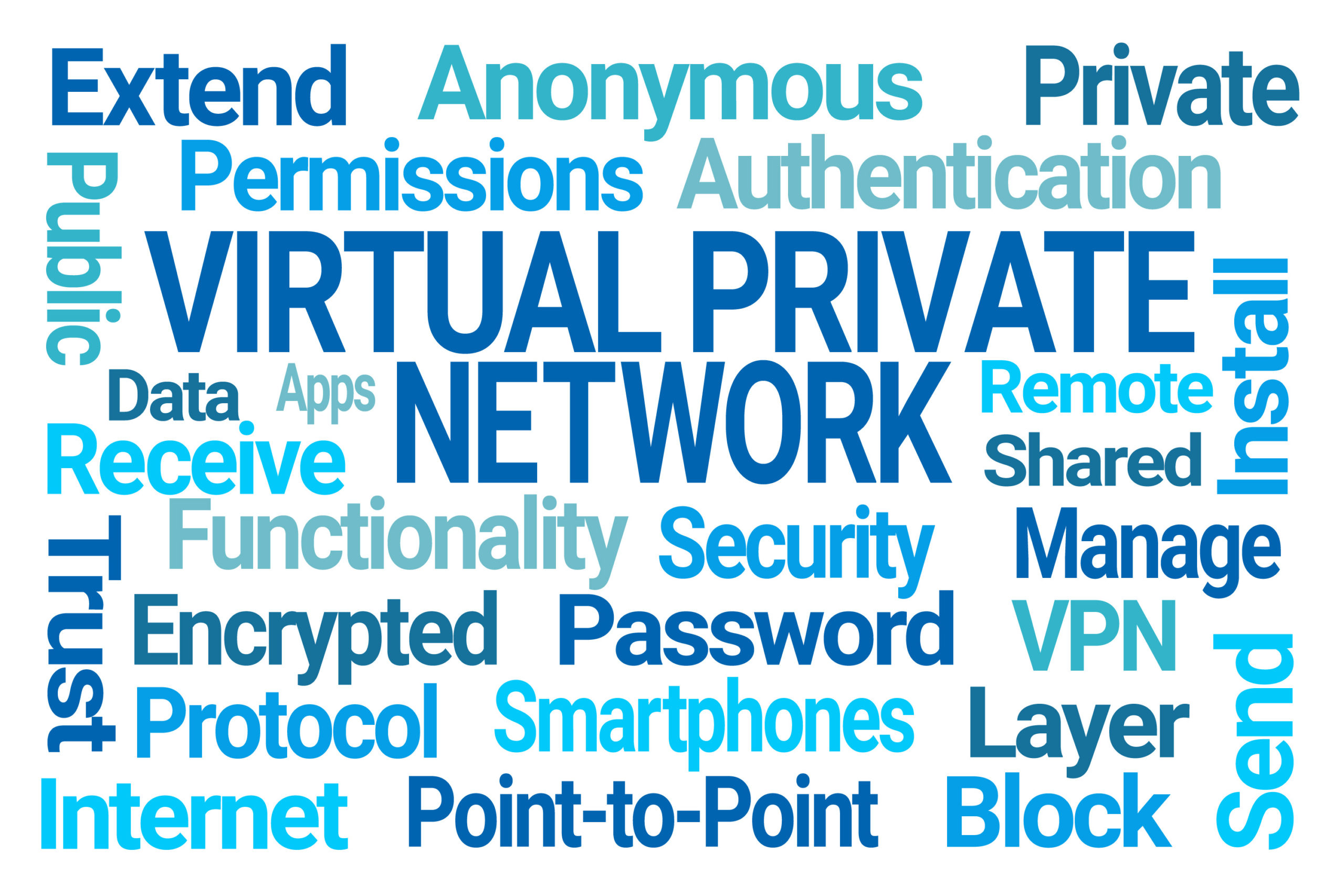How to Optimize your bandwidth speed. Ultimate Guide.
Tired of having speed connection trouble when you surf your favorite sites? Fortunately, there are a few tricks to try to optimize it. A slow Internet connection is not a fatality. There are many tips for improving your Internet speed, whether through the Wi-Fi network, or simply by changing the Internet offer.

Measure your speed
The first step before optimizing the speed of your Internet connection is to measure the effective speed available. Just to have a realistic vision, without relying on the figure promised by your access provider (which remains only theoretical and depends on many parameters including your distance from the telephone exchange in the case of an ADSL connection).
To do this, log on to speedtest.net and click on Go. This requires a few moments and takes place in two parts: first for the downstream flow (what you download to your computer) then for the upstream flow (what you send to the Web). It is the downstream rate that interests us the most.
Reading the result of this internet speed test is quite simple. The result is systematically expressed in megabytes per second (or Mb/s) and makes it possible to evaluate its connection speed, which is called bandwidth. According to certain bandwidth levels, its connection speed can be qualified specifically:
- From 0 to 30 Mb/s: Internet connection speed is considered low. This is a typical ADSL/VDSL2 Internet connection.
- From 30 to 100 Mb/s: The Internet connection speed is considered to be “very high speed”. This is a typical Internet connection of a good VDSL 2, for example, or of certain so-called “very high speed” offers.
- Above 100 Mb/s: this is a fast Internet connection speed. For example, optical fiber promises a connection speed of between 100 Mb/s and up to 1 Gb/s, or even 10 Gb/s in the most extreme cases.
Reasons why you may have a bad Internet connection
Having bad speed is still a reality for many people. And, it is particularly painful, both in the context of teleworking, because you take forever to send a file, and during your leisure time, because you cannot watch a movie in streaming without cut. What’s also annoying is not understanding why your Internet is lagging. Here are the main reasons that can explain why you have a bad connection to the Internet.
Bandwidth saturation
If the speed you measured does not correspond to what was “promised” to you by your operator, it may also simply be that your bandwidth is saturated. Bandwidth is the capacity of a network to transmit information, a volume of information that can be transferred from one point to another in a given period of time.
Bandwidth is like a pipe: the bigger it is, the more water it can transfer, and faster. However, if everyone takes a shower at the same time, you will take longer to shower and you will only have a small trickle of water to wash yourself. With the Internet, it’s the same: the more people who use the Internet simultaneously, the lower the speed for each user.
Network congestion
If your internet connection is poor, it might not just be because your bandwidth is saturated. But maybe also because the network is congested. Just as you share the internet with your family members, you share it with your neighbors.
This is why your internet is slow even though you are alone in your house using it. You can easily notice that the speed is better during the day, when most parents are at work and the children are at school, rather than at the end of the day or in the evening, when everyone is watching TV via their box, streaming videos, or playing online video games.
Poor flow due to your environment
Your computer is wired to the box, and you have good speed. But your smartphone is connected to the Internet via Wi-Fi, and you have a bad speed. Why? Quite simply because you have a bad Wi-Fi signal. Several reasons can cause a bad Wi-Fi signal and therefore poor speed when you are connected to the wireless network.
First of all, you should know that Wi-Fi is sensitive to electromagnetic and electrical disturbances. However, there are more and more devices in homes that emit waves of this type on the same or neighboring frequency bands, such as a microwave, a cordless telephone or a baby monitor.
Then, maybe your Wi-Fi device is badly positioned. You installed it on the ground floor of your house on the left, while you use your computer in Wi-Fi on the floor of your house on the right. However, the range of a Wi-Fi signal is limited. So, the further you get from your box, the worse the start. Also, Wi-Fi doesn’t like obstacles. So, if it has to cross the slab or the floor which separates two floors as well as a load-bearing wall, it is normal that the signal does not pass or very badly and that you have a bad speed.
Poor internet connection due to your hardware
If you have a bad speed, it may be, in the end, because of your device. Indeed, like all objects, Wi-Fi devices may age and, therefore, their performance deteriorates. Not only, with time, dust or other factors, the components of your box end up being damaged. In addition, in the field of internet boxes, technological developments are numerous and standards are evolving, in terms of Wi-Fi for example. And, after a few years, your modem is already outdated.
But that’s not all, it’s not just your device that suffers the natural wear and tear of time, there are also the connectors and the connections. It is particularly with an ADSL connection which passes by your domestic telephone network, sometimes installed for already many years. Perhaps the telephone socket to which your box is connected is damaged. It’s a possibility. Another hypothesis: the presence of a capacitor in the socket. It is of no use and, sometimes, it is enough to remove it to have a better flow and to gain in line stability.
Optimize your bandwidth speed
To optimize this speed and thus surf faster, several solutions are available to you. The first consists, if necessary, of exchanging your Wi-Fi connection for an Ethernet cable connection… if the layout of the box in your home allows it. Or to use a Wi-Fi amplifier to improve the range of the waves if the problem came from there.
Still in the Wi-Fi department, you also have the option of changing the channel on which your box broadcasts the data. Maybe neighboring equipment with the same channel is jamming your connection? Do some tests from your box’s settings interface, in the Wi-Fi section, with other channels (for example, go from 6 to 11) to see if this improves things.
Don’t forget to regularly clean up your hard drive and your browser to prevent the slowdowns in your connection from becoming more and more significant and ending up blocking you. For this, we advise you to use a reference on the subject, CCleaner, to download Here.
Don’t forget you can always Use a VPN
Whether it’s to watch videos on streaming sites, upload content to social networks or use a Web App (an application hosted directly online) that consumes a little bit of resources, it’s always nice to benefit from a better speed of connection. A good VPN may be the best option.
All the details you may need on this subject are available Here.

